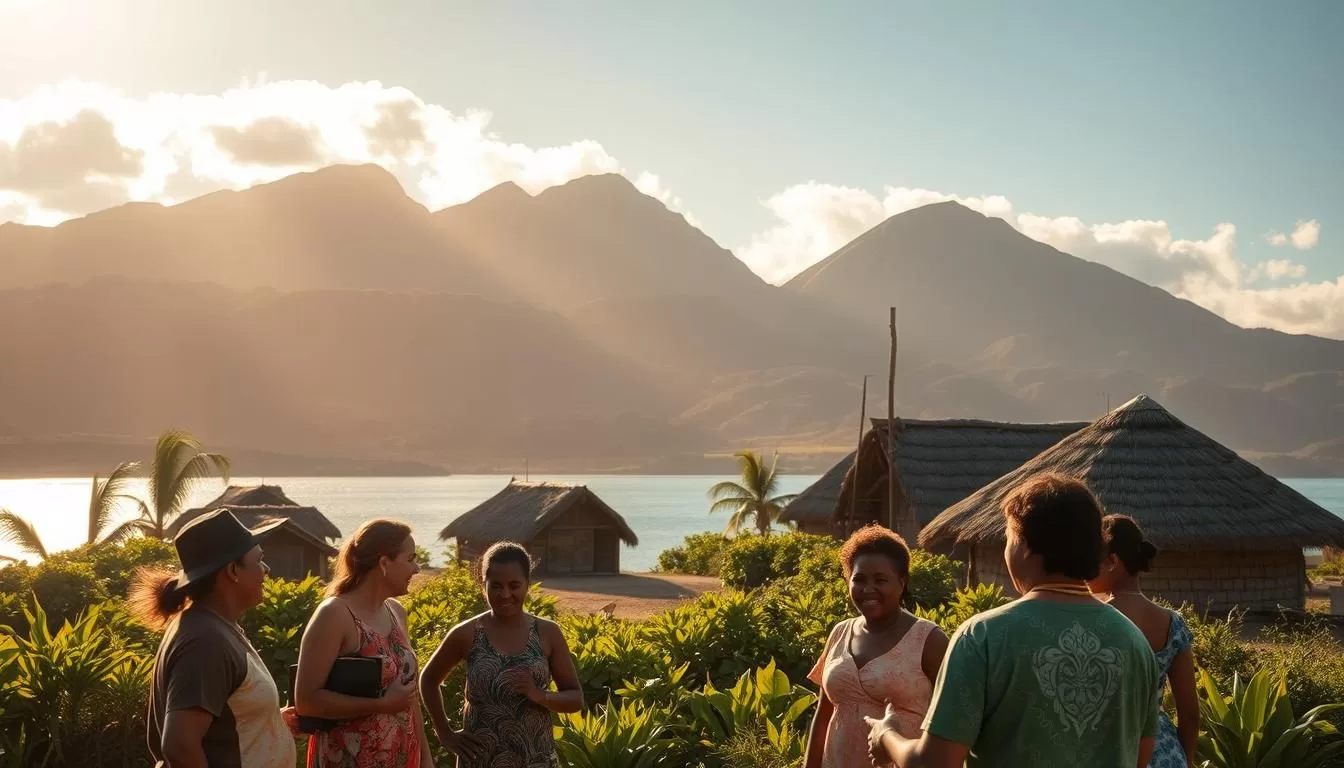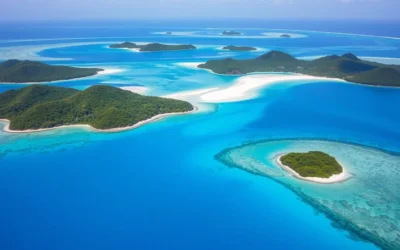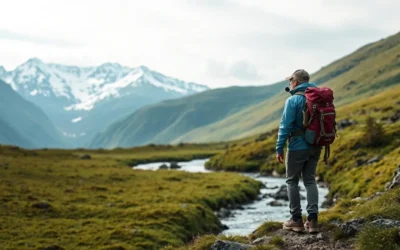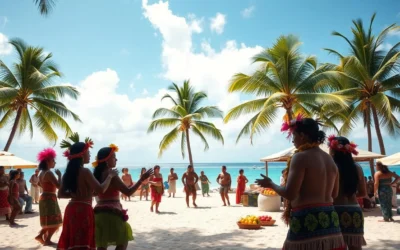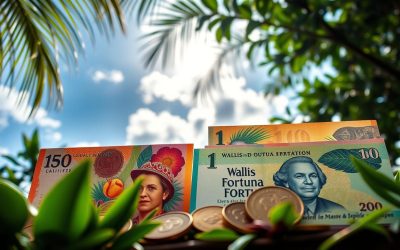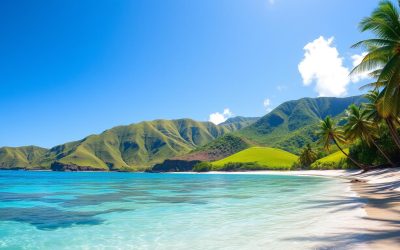✓ Accommodations ✓ Flights ✓ Rental Cars
Welcome to the fascinating linguistic world of Wallis and Futuna, a unique territory in the South Pacific. This island group is home to a rich blend of cultures and languages that reflect its history and modern identity. Here, you’ll discover how language plays a vital role in daily life and cultural heritage.
The territory features three prominent languages: Wallisian, Futunan, and French. Wallisian is spoken by 57.32% of the population, while Futunan is used by 28.20%. French, the official language, is spoken by 14.29% of residents. These languages are not just official but deeply woven into the fabric of everyday life.
With a population of 11,151, the islands showcase a vibrant linguistic diversity. The majority of residents are of Polynesian descent, and their languages reflect their rich cultural roots. Whether you’re exploring the islands or learning about their history, the languages of Wallis and Futuna offer a unique window into this captivating territory.
Exploring the Linguistic Heritage of Wallis and Futuna
Dive into the linguistic tapestry of Wallis and Futuna, where history and geography shape unique dialects. The islands have a rich heritage that reflects centuries of cultural exchange and isolation.
Historical Overview of the Islands
The language of Wallis and Futuna has deep roots in Polynesian traditions. Early settlements and Tongan invasions played a significant role in shaping the dialects spoken today. These events introduced new terms and cultural practices that remain part of the islands’ identity.
During World War II, the population experienced significant changes. Over 4,000 American troops were stationed here, doubling the island’s population and leaving a lasting impact on local culture. This period marked a turning point in the islands’ history and language evolution.
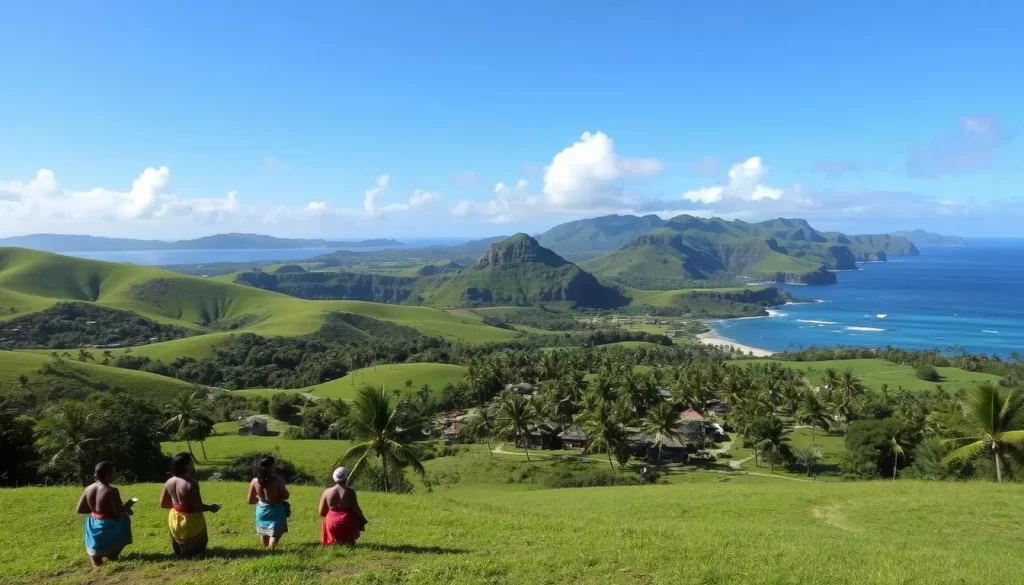
Geographic Influences on Language Development
The islands‘ location in the South Pacific has played a crucial role in their linguistic diversity. Geographic isolation has preserved unique dialects, while neighboring regions like New Caledonia have influenced trade and communication.
Barrier reefs and island formations have also shaped how language spread across the territory. These natural features created distinct communities, each with its own dialect and cultural practices.
“The geography of Wallis and Futuna has acted as both a barrier and a bridge, preserving traditions while allowing for cultural exchange.”
Today, the islands stand as a testament to the resilience of their linguistic heritage. Understanding this history offers a deeper appreciation for the language and culture of this unique territory.
Wallisian and Futunan: Indigenous Voices of the Islands
Discover the rich linguistic heritage of Wallis and Futuna, where indigenous languages thrive. These languages are more than just a means of communication—they are symbols of cultural pride and identity.

Unique Characteristics of Wallisian
Wallisian, spoken by 59.1% of the population, is deeply rooted in Polynesian traditions. Its phonetic structure and vocabulary reflect centuries of cultural exchange. For example, the term for “family” in Wallisian, kaiga, highlights the importance of kinship in island communities.
This language also features unique vowel sounds and a rhythmic cadence. These elements make it distinct from other Polynesian dialects. Wallisian is not just a language but a living testament to the island’s history.
Differentiating Futunan Dialects
Futunan, spoken by 27.9% of the population, showcases its own set of linguistic features. Dialects vary slightly between communities, but all share a common foundation in Polynesian roots. Pronunciation differences, such as the use of glottal stops, add to its richness.
Lexical variations also exist. For instance, the word for “ocean” can differ based on the speaker’s region. These subtle differences highlight the diversity within the Futuna islands.
| Language | Percentage of Speakers | Key Features |
|---|---|---|
| Wallisian | 59.1% | Unique vowel sounds, rhythmic cadence |
| Futunan | 27.9% | Dialect variations, glottal stops |
Both languages play a vital role in preserving the identity of the island communities. They are a source of pride for the local person and a bridge to their ancestral roots.
The Dominance of French in a South Pacific Collectivity
French holds a central role in the daily life of this South Pacific collectivity. As the official language, it shapes communication across the territory. From administration to education, French is deeply embedded in the fabric of this unique island community.
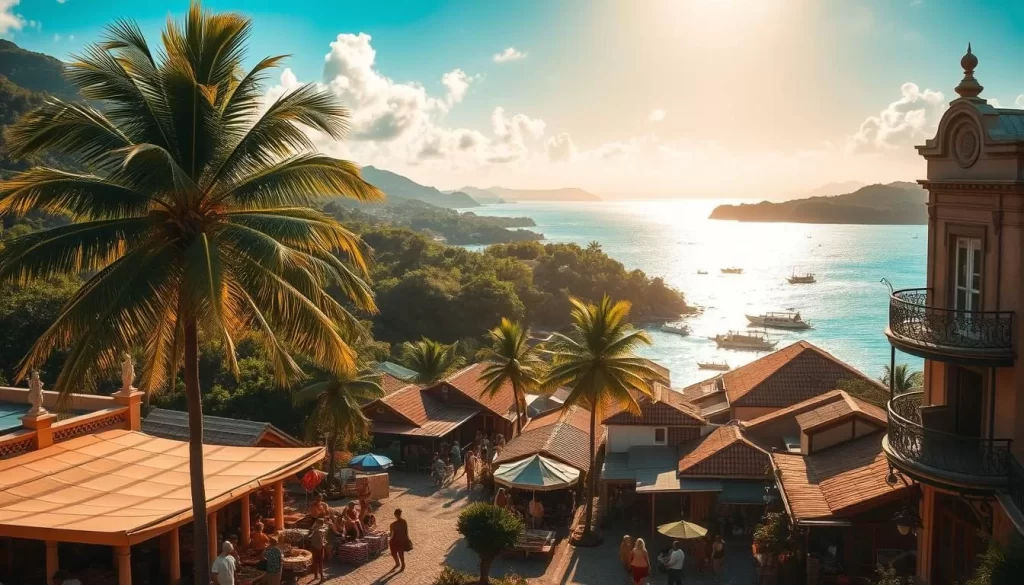
Role and Spread of French in Daily Life
French became the official language due to historical colonization. Today, it is used in government, media, and education. This ensures that it remains a vital part of the collectivity’s identity.
In schools, French is the primary language of instruction. This helps students connect with broader opportunities in the French overseas network. Media outlets also rely on French to reach a wider audience.
Government documents and official communications are predominantly in French. This reinforces its importance in administrative frameworks. Even on smaller islets, French is a common thread that ties communities together.
“French acts as a bridge between traditional customs and modern governance in this collectivity.”
Comparatively, New Caledonia shares a similar linguistic dynamic. Both territories reflect the lasting influence of French colonization. However, this collectivity maintains a unique balance between French and indigenous languages.
French is not just a language here; it is a symbol of unity. It connects the islands to the broader French overseas network while preserving local traditions. This dual role makes it indispensable in the territory’s cultural and administrative life.
Wallis and Fortuna: Official and widely spoken languages
Understanding the linguistic landscape of Wallis and Futuna reveals fascinating insights into its cultural identity. Census data highlights how language usage varies across the islands, offering a clear picture of their demographic and linguistic diversity.
Census Data and Language Statistics
On Wallis Island, Wallisian is spoken by 82.2% of residents, while Futunan dominates on Futuna Island with 94.5% speakers. These figures underscore the strong connection between language and cultural identity in each territory.
French, the official language, is spoken by 10.8% of the population. It plays a crucial role in administration and education, bridging traditional customs with modern governance. This balance between indigenous languages and French reflects the islands’ unique cultural blend.
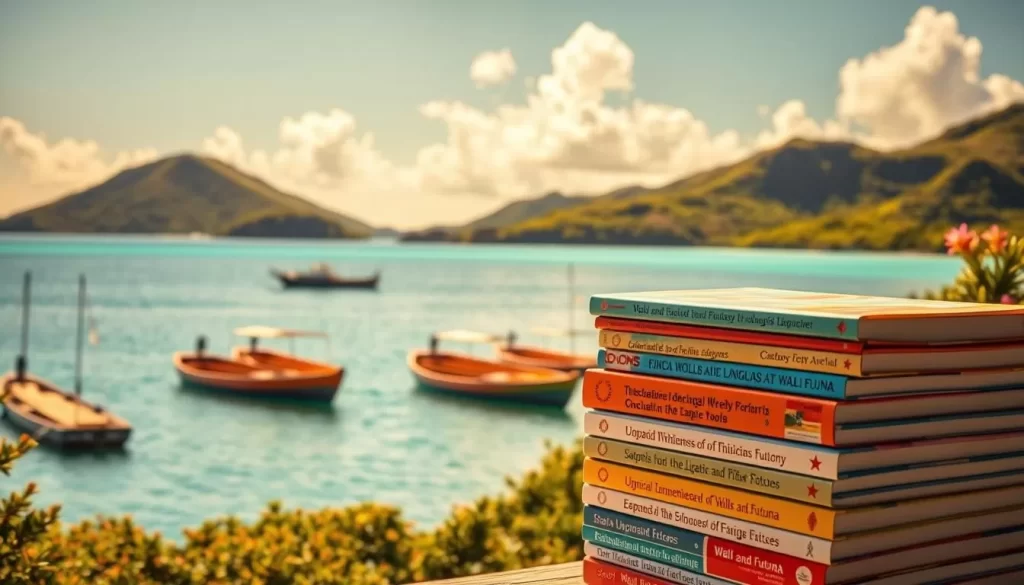
The population distribution further illustrates this linguistic divide. Wallis Island is home to 67.4% of the total population, while Futuna accounts for 32.6%. These numbers highlight how geography influences language usage and preservation.
| Island | Dominant Language | Percentage of Speakers |
|---|---|---|
| Wallis Island | Wallisian | 82.2% |
| Futuna Island | Futunan | 94.5% |
Local products like the coconut symbolize cultural identity, tying language to everyday life. This connection is vital for preserving traditions and fostering community pride. For more on Futuna’s cultural heritage, visit this link.
Statistical data supports language preservation efforts by highlighting the importance of indigenous dialects. These figures also provide valuable insights into the islands’ demographic and linguistic situation. To explore the broader cultural context, check out this resource.
Cultural Impact and Efforts in Language Preservation
Preserving indigenous languages is a mission embraced by communities across the islands. From educational programs to cultural events, these efforts ensure that traditional dialects remain vibrant and relevant. Every person plays a role in this vital work, fostering pride in their linguistic heritage.
Education and Revitalization Initiatives
Schools are at the forefront of language preservation. Programs teach young residents traditional terms and practices, ensuring they stay connected to their roots. For example, lessons often include the cultural significance of the coconut, a symbol of island life.
Community leaders also organize workshops and festivals. These events celebrate linguistic diversity and encourage intergenerational learning. Collaborations with New Caledonia further enrich these efforts, fostering cultural exchange.
Modern technology is another tool in this mission. Apps and online resources document and teach indigenous languages, making them accessible to a wider audience. These innovative methods are helping to revive dialects that were once at risk of disappearing.
| Initiative | Impact |
|---|---|
| Educational Programs | Teaches traditional terms to youth |
| Community Events | Celebrates linguistic diversity |
| Tech Integration | Makes learning accessible online |
These initiatives are more than just preservation efforts—they are a celebration of identity. By embracing their linguistic heritage, the island communities ensure that their traditions thrive for generations to come. For more on educational reforms, explore this resource.
Conclusion
The linguistic landscape of this South Pacific territory is a vibrant part of its identity. Wallisian and Futunan, the indigenous languages, reflect the rich cultural heritage of the islands. French, as the official language, bridges traditional customs with modern governance. Together, they shape the daily life of the population.
Historical and geographic factors have played a key role in shaping these languages. Efforts in education and community initiatives ensure their preservation. These actions highlight the importance of linguistic diversity in this unique territory.
To truly appreciate the cultural richness of this region, explore its traditions and languages further. Dive into the fascinating blend of history and modernity that defines this South Pacific gem. Learn more about its unique heritage here.
The above is subject to change.
Check back often to TRAVEL.COM for the latest travel tips and deals.
